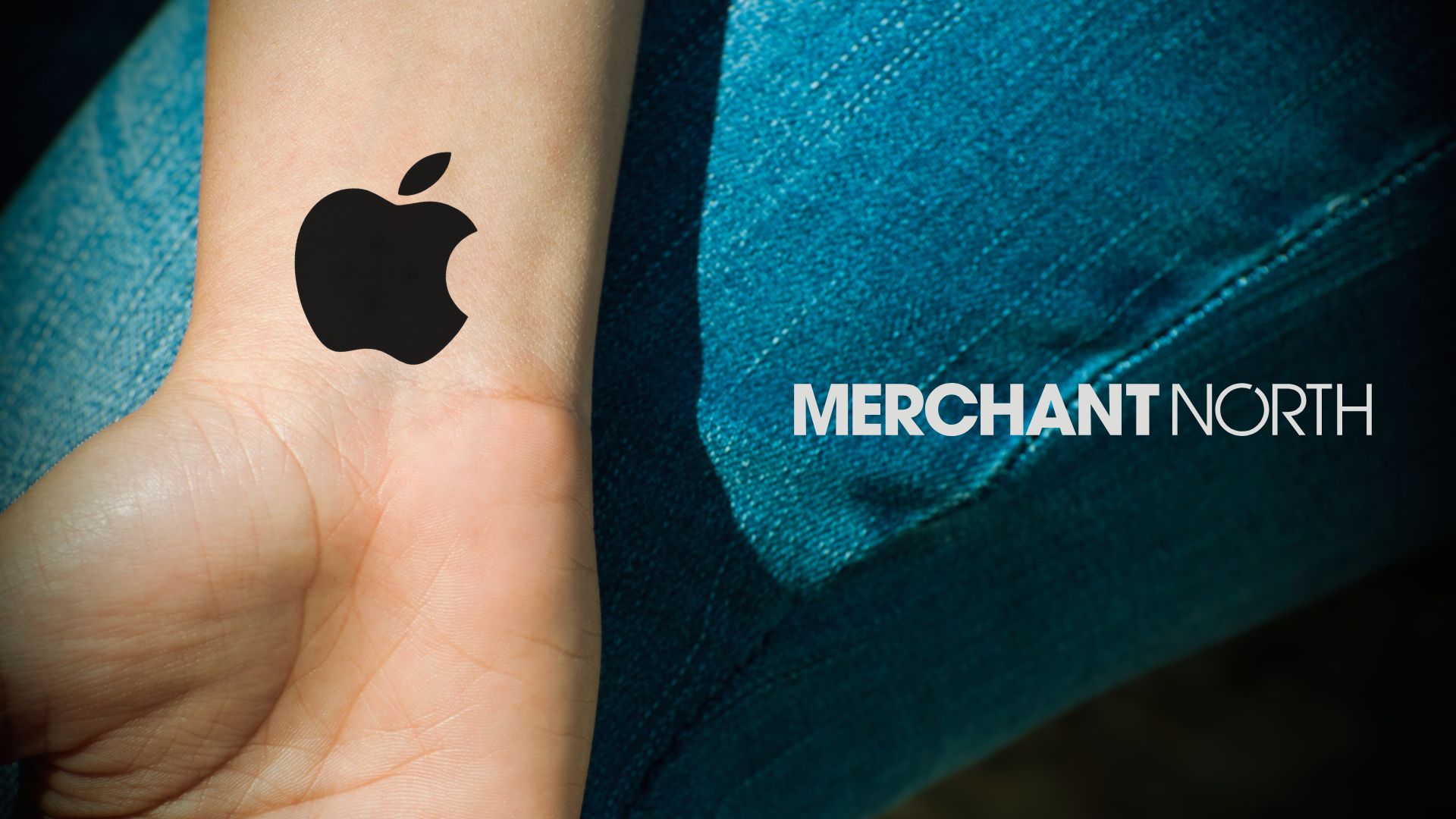From Passive Audience to Active Community
Building Brand Loyalty Through Engagement

A theatre audience sits in darkness, absorbing a predetermined script. Down the street, a jazz club pulses with energy—the crowd shouts encouragement, responds to solos, and becomes part of the performance. The musicians feed off this energy, improvising, building something that couldn't exist without everyone in the room.
Every brand operates in one of these venues. Most choose the theatre: broadcasting polished messages to silent consumers. But companies that step into the jazz club discover something transformative. Customers stop being recipients and become collaborators—contributing ideas, defending the brand, recruiting friends. The relationship evolves from transaction to partnership.
The Tattoo Test
When someone tattoos an Apple logo on their wrist, product satisfaction isn't the driver. When Harley riders gather to compare bikes and swap stories, they're not conducting market research. Something deeper is happening—belonging that transcends the purchase.
Apple Stores prove this. People don't buy and leave. They linger, explore, and help strangers with phones. Kids play games while parents test laptops. The space feels like a community center, not a retail outlet—Apple designed experiences around curiosity and creativity, not transactions.
Harley-Davidson went further. They admitted customers weren't buying motorcycles—they were buying admission to a culture. The company organized rides and rallies that had nothing to do with selling bikes and everything to do with reinforcing bonds. Motorcycles became identity tools, not just transportation.
Both discovered something crucial: people defend what they help create. Give customers a voice in development, and they become stakeholders. Let them contribute to the story; they become authors.
What Netflix Understands About Community
Netflix's recommendation engine works invisibly, suggesting content based on viewing patterns and shared preferences. Users experience helpful curation, not technological intervention. They discover shows, discuss with friends, and build shared binge-watching experiences.
Compare this with platforms that gamify every interaction—points for posts, badges for comments, leaderboards for engagement. These create artificial competition that undermines genuine connection. People optimize for metrics, not meaningful interaction.
Spotify's collaborative playlists emerged from understanding what people wanted to do together, not what would generate data. Friends build music collections, add songs, and discover each other's tastes.
When Things Go Sideways
Every community faces storms. Inappropriate posts. Public complaints. Competitor infiltration. How brands respond determines survival.
The corporate instinct is to delete, ban, and control. But heavy-handed moderation destroys trust faster than external threats. Reddit learned this repeatedly—aggressive content removal creates bigger controversies than the original posts.
United Airlines had no community to weather the storm when the passenger removal video went viral. Within hours, customers deleted apps, cancelled bookings, and shared horror stories. The stock price dropped hundreds of millions. No crisis communication can contain damage without genuine community support.
Patagonia's community celebrated when the company pledged Black Friday sales to environmental causes. Customers shared enthusiastically, and many increased purchases. The community amplified positive news because they felt ownership over the mission.
The Glossier Experiment
Glossier built its business around treating customer posts as product development research. When someone shared a technique or requested a product, the company paid attention with genuine curiosity about what customers were trying to accomplish.
This created a feedback loop. Customers felt heard, valued, and invested in the brand's direction. They weren't just buying products—they were collaborating on a vision. Instagram became less about polished shots, more about real people experimenting in bathrooms.
Communities develop on their own timelines, not marketing schedules. Forced engagement through contests creates artificial activity that disappears with the incentives.
The Scale Problem
When communities grow beyond a few hundred members, personal connections become impossible. The intimate feeling disappears. Early Facebook group members complain about declining quality as newcomers flood in.
Smart brands embrace fragmentation. CrossFit operates thousands of individual communities united by shared methodology but distinct in culture. Others create tiered membership preserving exclusivity for engaged participants.
Instead of single massive communities, successful brands nurture multiple micro-communities around specific interests, locations, or use cases. A fitness brand maintains separate spaces for runners, weightlifters, yoga practitioners, and beginners—each with distinct cultures but connected values.
Measuring What Matters
A Facebook group with 50,000 silent members is less valuable than a Discord server with 500 active participants solving each other's problems daily—the difference: member-to-member interactions, not brand-to-member engagement.
When customers answer questions, share resources, and organize meetups, momentum builds independently. The community owns its culture and direction.
A post with 1,000 likes but no comments signals different engagement than one with 100 likes and 50 responses. Comments create connections; likes represent fleeting attention.
Community participants show higher lifetime value, lower churn, and increased willingness to try new products. These benefits take months or years to manifest.
Where This Goes Next
Three trends are reshaping communities:
Virtual reality creates genuinely social shared experiences despite physical distance. VRChat users spend hours in digital spaces, forming friendships that extend into offline life. Early brand VR events report stronger emotional connections than video calls, though technology remains clunky.
Blockchain enables new ownership models where members hold actual stakes through tokens, NFTs, or cooperatives. When investment becomes literal, loyalty takes on different characteristics. Technology remains complex, but early experiments show unprecedented engagement.
Communities are splintering into smaller, specialized groups. The era of massive, one-size-fits-all brand communities may be ending. Successful brands nurture multiple micro-communities with distinct needs but shared values.
The Choice
Companies building authentic relationships don't just attract customers—they create partners developing something bigger than any sale. Communities become stakeholders defending against unfair criticism, celebrating successes, and offering feedback that prevents minor issues from becoming major problems.
Jazz club energy extends beyond the venue, forming connections among people sharing values, stories, and aspirations. Members invite friends, defend the brand, and offer product ideas. They become co-creators, not consumers.
Every brand faces the same choice: communicate with silent audiences or engage with active communities. One attracts customers. The other fosters cultures.
The music is playing. Are you ready to improvise?